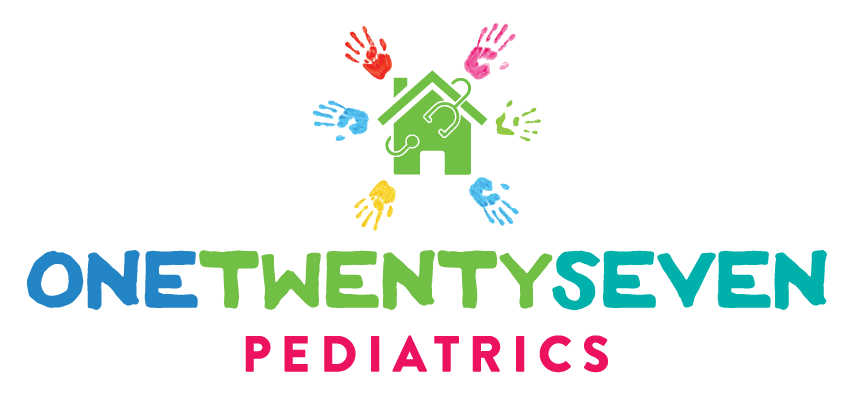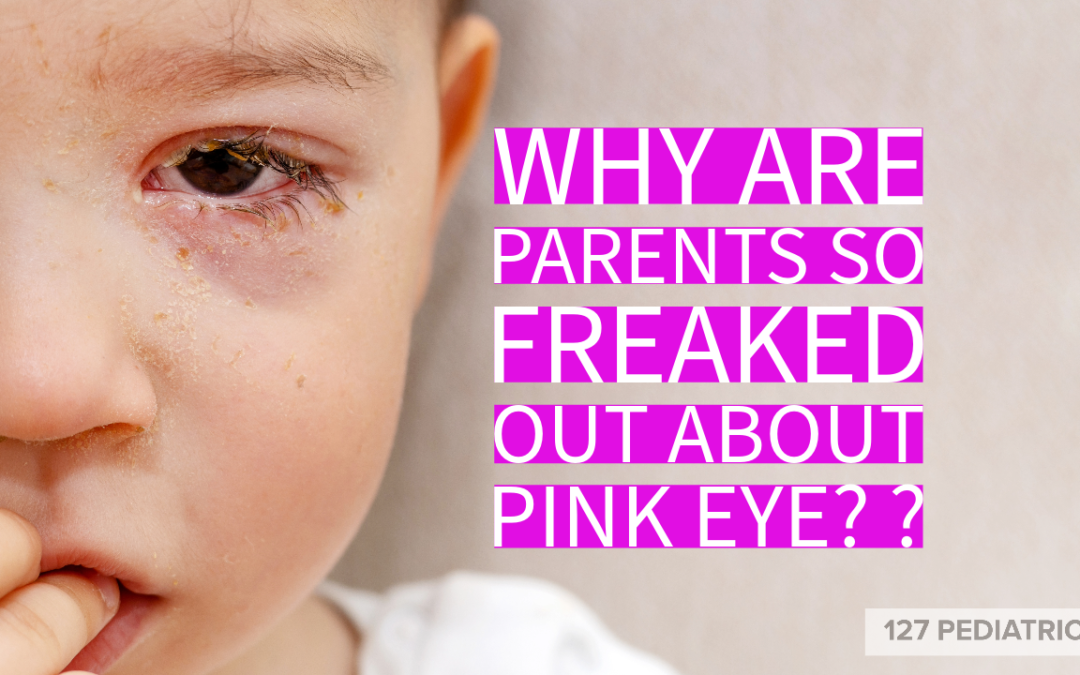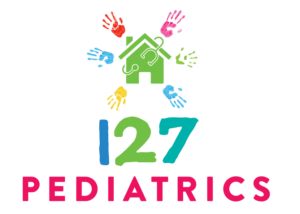Pink Eye. Those two little words strike panic on the part of parents and daycare centers across the nation. While there is a good reason to be vigilant when it comes to pink eye, there is no need for fear. Often caused by a viral infection, this wildly contagious condition is very rarely serious. For the vast majority of kids (and parents) it is an annoying, but self limited condition that needs little intervention.
While excluding children from daycare or using antibiotic eye drops for a viral infection is not necessary, sometimes childcare facilities and schools put this unnecessary requirement on parents.
If antibiotics aren’t the answer, then how do you treat this common condition? What causes pink eye? In this article, we will look at causes, treatments, and home remedies for pink eye (conjunctivitis).
Causes of Pink Eye
When your child gets pink eye, it’s no wonder parents can be a little freaked out. Pink eye is also known as conjunctivitis. It affects the thin, clear covering of the white part of the eye and the inside of the eyelids. There are several causes for pink eye, with the vast majority being a viral etiology.
- Viral: Adenovirus is responsible for the majority of viral conjunctivitis. Often your child’s pink eye or eyes will be accompanied by a runny nose, cough and perhaps an ear infection. This virus often causes red, itchy eyes that produce watery discharge from one or both sides.
- Allergic: Any allergen can cause allergic conjunctivitis. If your child’s other allergy symptoms are acting up this may clue you in that their pink eyes are caused by an allergy instead of a virus or bacteria. Symptoms of seasonal allergies include a stuffy nose, watery and itchy eyes, itchy nose and/or sneezing. Kids often have cough and postnasal drip as well.
- Bacterial: There are certain bacterial infections that can cause conjunctivitis. Often, kids with this condition will have isolated eye symptoms. Sometimes, they will have eye and ear symptoms together. There is an illness called conjunctivitis-otitis syndrome where a child can have both a infection in their eye as well as the middle ear at the same time.
Treatment for Pink Eye
Just like for anything else, you need to know the cause before deciding on the treatment. Viral conjunctivitis is mostly treated with supportive care. We will discuss home remedies for pink eye in the next section. Bacterial conjunctivitis requires antibiotic eye drops to resolve. However, if your child’s bacterial conjunctivitis is accompanied by a middle ear infection, the treatment becomes oral antibiotics. Sometimes viral conjunctivitis can be accompanied by an ear infection as well. This is something that your pediatrician can sort out for you.
Allergic conjunctivitis is treated by decreasing the allergy burden for your child. This includes washing sheets and bedding, bathing your child before bed if they have spent time around their allergen and using allergy medicine to keep their symptoms in check. Specifically for their eyes, you can use allergy eye drops. I often recommend these as a last resort for younger kids because they can often make their eyes sting or burn. Allergic conjunctivitis can also be relieved by using medications to relieve their other symptoms like steroid nasal spray or oral allergy medications.
How Parents Can Deal with Pink Eye
Parents can do a lot for their child’s pink eye at home. When you get that dreaded call from daycare or school that is requesting you to pick up your child with the pink eyes, there are things that you can do to treat your child at home.
1. Don’t Freak Out
If your child gets pink eye, it may be normal to feel a sense of concern, but panicking is not helpful. Conjunctivitis is typically not a severe condition and can be managed with proper care.
While pink eye may look unpleasant, your child’s red and swollen eyes are easily treated by you. I usually recommend for parents to start with artificial tears. You can buy these over the counter at most pharmacies or other retailers. They can provide comfort and help reduce symptoms (if your child will allow you to put eye drops in their eyes).
2. Home Remedies
Thankfully, there are other effective methods you can use to help alleviate your child’s symptoms and make them more comfortable.
Moisturizing eye drops are helpful, but only if you can get them in your kid’s eyes. A trick that I have used at my own house is to use the drop-roll technique. Start by having your child lie flat on their back with closed eyes. Gently pull down their lower lid to create a pocket, and then administer the drops onto it.
An alternative is to have them close their eyes, put the drop in the corner of the eye near the tear ducts. Then have your child open their eyes and blink a few times. These techniques get the drop into their eye with less drama (usually). Just be sure to keep the tip of the eye drop bottle away from touching their skin or eye.
Cool compresses will also help to relieve the burning and itching that is associated with conjunctivitis. Run a wash rag or towel under cool water, squeeze out the excess moisture and have your child place it over their closed eyes. They can do this for several minutes at a time.
3. Prevent the Spread
If your child has viral or bacterial conjunctivitis, it is important to try to prevent the spread of infection in your home. One of the first steps in the cleaning process is to wash their bedding thoroughly. This includes pillowcases, sheets, and blankets, which should be washed in hot water to kill any bacteria or viruses that may be present.
In addition to washing bedding, it is essential to clean objects that may come into close contact with your child’s eyes. Stuffed animals, dolls, and their backpack or school bag should be cleaned and sanitized to eliminate any potential sources of reinfection.
Don’t forget about frequently touched surfaces in your home. It is important to sanitize doorknobs and light switches, as these can harbor bacteria and viruses. If your child wears glasses, remember to clean them thoroughly as well.
4. Keep Those Little Hands Clean
The most important thing that you can do to prevent the spread of almost all viral infections is frequent and thorough hand washing.
During the pandemic, many children mastered the art of good hand washing, but just for review let’s go over the steps.
Start by having your child lather their hands with soap. Rub their hands together for at least 20 seconds. Be sure they get all surfaces, including the palms, back of hands, in between fingers, and under nails. A fun way to ensure your child washes for the full 20 seconds is to sing the “Happy Birthday” song twice. After lathering, rinse their hands thoroughly with warm water.
Repeat this many times throughout the day. Be especially sure to wash their hands if your child touches their infected eyes.
When to Consult Your Pediatrician
If you have treated your child’s pink eyes at home and things don’t seem to be getting better, it is a good idea to alert your child’s pediatrician. While conjunctivitis can last for several days, it is always a good idea to inform your doctor if things seem to be out of the norm. Additionally, we want to hear from you if your child’s eye symptoms are accompanied by thick discharge and/or symptoms of an ear infection. This may require antibiotic drops or oral antibiotics.
If you live in Colleyville, Texas or the surrounding area and you are looking for a pediatrician that you can text about your child’s condition, I am who you are looking for. At 127 Pediatrics, we serve a small group of families with high quality and personalized pediatric medical care. You can go to our website and schedule a free meet and greet to see if we are a good fit for your pediatric needs.
© 127 Pediatrics; November 2023
This article is for informational purposes only and should not be construed as medical advice.

Dr. Andrea Wadley is the owner, pediatrician, and breastfeeding medicine specialist for 127 Pediatrics. She has an established house-calls-only concierge pediatric practice in Colleyville, TX. She is also the owner and operator of the 127 Pediatrics Online Breastfeeding Medicine and Education Center.


